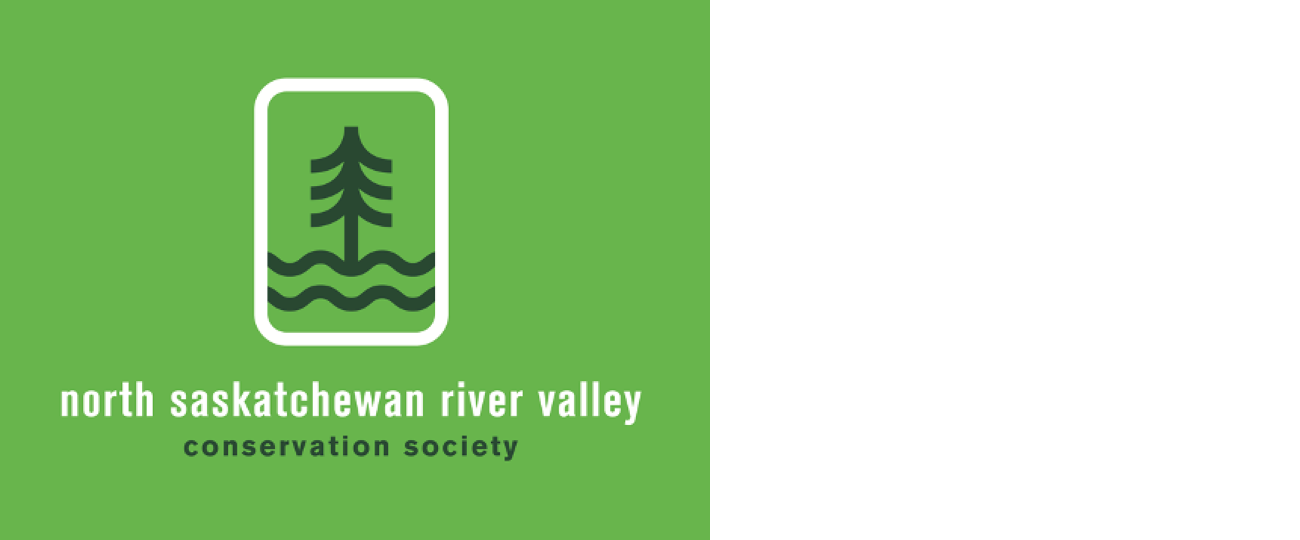Mourning Cloak the longest living butterfly
This butterfly is found across Canada and can be found in several habitats, including Edmonton’s river valley. The average adult life span is a remarkable 10 months, but they can live as long as a full year.
While Mourning Cloak butterflies do forage on flowers for nectar, they generally prefer tree sap, such as maple, poplar, oak, and birch. They are a species of butterfly that ‘mudpuddles’, which means they get minerals from damp sand, manure, compost as well as rotting fruit and other moist organic matter.
Always the first butterfly of spring, they overwinter as adults in tree crevices, log piles and other sheltered places and emerge in early spring. Mourning Cloaks are cold-blooded, like all insects they cannot make their own internal heat and need to warm up before they can move quickly or even fly.
To generate heat, these butterflies vibrate their wing muscles so they can safely leave their winter roost, avoid predators, find food and mate. They have been seen as late as November in certain parts of Canada, although October is more common. More info at https://cwf-fcf.org/en/resources/encyclopedias/fauna/insects/mourning-cloak-butterfly.html
North Saskatchewan River Guide
This free river guide emphasizes and reinforces the long and noble relationship that humans have with the North Saskatchewan River. It is designed to remind us of its significant cultural, historical, recreational, and environmental value.
The guide provides a river map from the beginning of the North Saskatchewan to where it joins the South Saskatchewan at Saskatchewan River Forks, east of Prince Albert. 1:50,000 scale maps were used to create the maps in this guide and care has been taken to ensure accuracy.
Sprinkled in descriptions of each reach of the river are bird, plant, animal and fish facts as well eco-tips, history about that area, and river adventure tips about camping, rapids classes and canoeing. Download the 87-page PFD at https://www.nswa.ab.ca/wp-content/uploads/2018/12/North-Saskatchewan-River-Guide.pdf
Juncos frequent visitor to bird feeders
Partners in Flight estimates the North American population of Dark-eyed Juncos at approximately 260 million, second only to the American Robin in overall population size in North America.
According to Project Feeder Watch, juncos are sighted at more feeding areas across North America than any other bird. Over 80% of those responding report juncos at their feeders. Juncos are known to burrow through snow in search of seeds that have been covered over.
On an annual basis, a junco’s diet is made up of approximately three parts seeds to one-part insects. During the nesting period, the percent of insects can increase up to 50-60% of their diet. You may not like these weeds in your yard, but the seeds of chickweed, ragweed, knotweed, pigweed, lamb’s quarters, and crabgrass are some of the main natural seed sources used by juncos.
Juncos typically have two broods per year with the female building her nest on or near the ground and laying three to five eggs. The male does not incubate the eggs but does deliver food to the young and helps the female to defend against predators. The young leave the nest in 9-12 days. Learn more at https://edmonton.wbu.com/botm-dark-eyed-juncos
River valley concern or contribution
If you have a river valley concern or question, contact us at nsrivervalley@gmail.com
Your friends and neighbours can sign up for this newsletter on our web site.
If you have a photo, information, or event about Edmonton’s river valley and think it should be in this newsletter, email it to us.
Sincerely yours,
Harvey Voogd
North Saskatchewan River Valley Conservation Society
780.691.1712

















